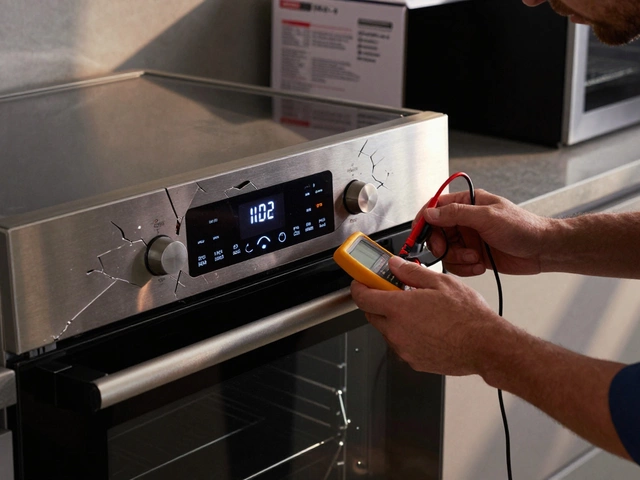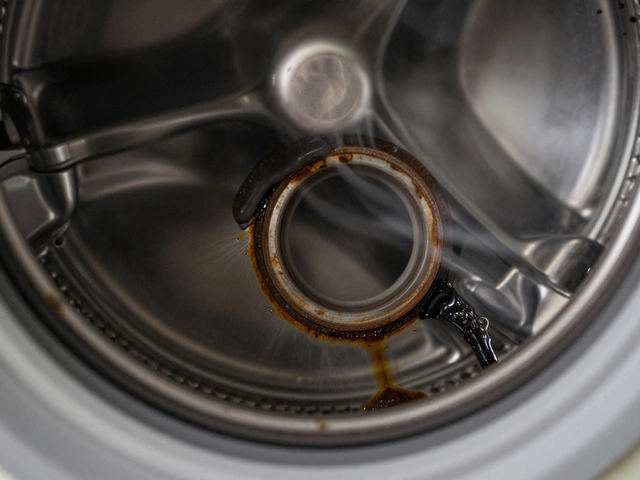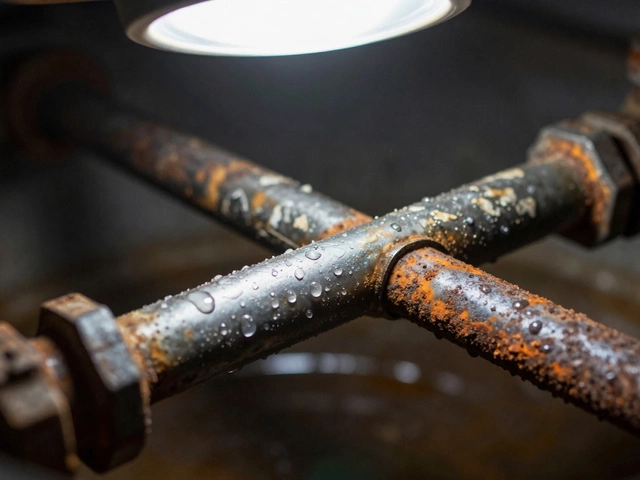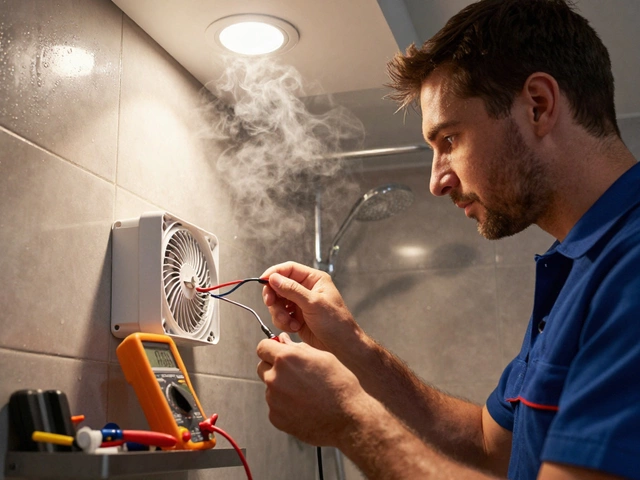Kitchen Appliance Repair Tips You Can Use Today
Got a stove that won’t heat, an oven that’s acting weird, or a dishwasher that’s leaking? You don’t have to panic. Most kitchen appliance hiccups have a simple fix, and with the right steps you can save time and money. Below are the basics you need to know before you pick up the phone.
Common Issues and Easy Fixes
Stove burners won’t light. First, check the gas valve and make sure it’s fully open. If you have an electric stove, unplug it, wait a minute, then plug it back in – a reset can clear a tripped circuit. Look at the burner caps; they get dirty fast and can block the flame.
Oven won’t heat. A broken heating element is the usual suspect. Open the oven, locate the element (it’s the shiny coil at the back), and look for cracks or burns. If it looks damaged, swapping it out is cheaper than calling a tech. Also, double‑check the temperature sensor with a multimeter – many ovens fail because the sensor is off‑spec.
Dishwasher leaks. Most leaks come from a worn door gasket or a loose hose. Pull the bottom rack out, inspect the rubber seal for tears, and wipe away any debris. Tighten the water inlet hose clamp if it’s sagging. If water pools under the dishwasher, the drain pump may be clogged – clear any food bits you find.
Microwave not heating. The magnetron is the heart of the microwave. If you hear the fan spin but nothing heats up, the magnetron has likely burnt out. Replacing it is a job for a professional unless you’re comfortable handling high‑voltage components.
When to Call a Pro
Some problems are best left to the experts. If you smell gas while checking a stove, shut the valve and call a qualified technician immediately. Electrical issues beyond a simple reset – like a tripped breaker that won’t stay on – should also be handled by a pro. Same goes for major component failures such as a cracked oven control board or a refrigerant leak in a built‑in fridge.
Another red flag is age. If your appliance is over 10‑15 years old and repairs keep adding up, it may be more cost‑effective to replace it. Our Hinckley team can give you a quick estimate and let you know whether fixing or replacing makes sense for your budget.
Finally, regular maintenance keeps everything running smoother. Clean burners, wipe interior oven walls, run a dishwasher cleaning cycle monthly, and descale your water heater once a year. A little upkeep now avoids big headaches later.
Bottom line: start with the simple checks – power, gas, seals, and obvious wear. If those don’t solve the issue, weigh the repair cost against the appliance’s age. And when in doubt, give Hinckley Home Appliance Repair Services a call. We’ll get your kitchen back on track fast, without any guesswork.
26 October 2024
·
0 Comments
If your electric hob has stopped working, this guide provides practical steps to help you troubleshoot and resolve common issues. From checking for power supply problems to inspecting the control panel, you will find useful tips to fix your hob at home. Understanding these basics might save you a costly call to the repairer. Learn about common problems, safety tips, and the simple steps you can take to get your hob back in action.
Read more






